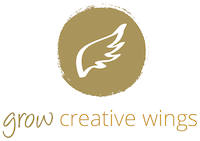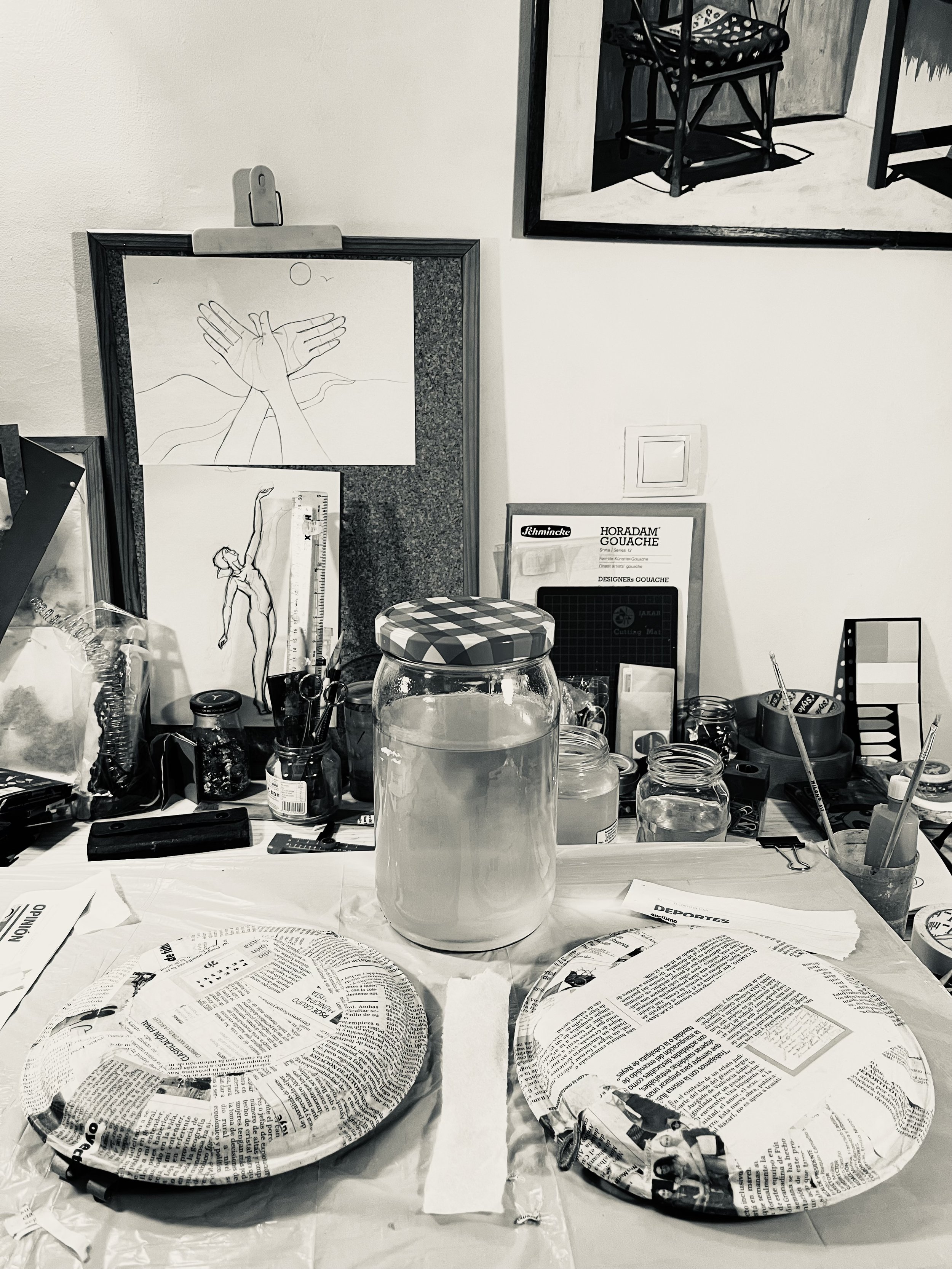Heal the Earth
Unique Artist’s Book
© Cherry Jeffs 2023
Why ‘Heal the Earth’?
England’s ‘green and pleasant’ land was sizzling in unprecedented temperatures of 40ºC. The lush lawns had turned a crackling brown. A hosepipe ban was in place. The flowers wilted. The trees shed their shrivelled leaves in an attempt to divest themselves of nutrient-needing foliage.
I had spent several months going down rabbit holes unable to find a clear direction for my next artist’s book. I don’t easily see images in my mind’s eye, so I develop my ideas slowly and gradually from inspirational reference material I collect. But on this hot summer morning I looked into the bathroom mirror and - instead of my own reflection - I saw the subject of my next artwork: A woman sitting sewing a long blue, liquid thread - trying to mend the earth.
A message about climate change
I’m no stranger to heat. Unmitigated drought was the backdrop to the first seven years of the twenty I spent living in Spain. And as the years went on, the summers lengthened and the winters became drier. So I have been viscerally aware of global warming for a long time. Heal the Earth is not the first piece of art I’ve made to raise awareness of climate change. But it is my first artist’s book with this focus.
Developing the inside of the book
The vision of the woman sewing was so strong that I was able to get down my initial ideas for the inside of the book very quickly. I later added more detail on the figure including the patterns on the dress based on drawings I’d made way back in 2011.
It’s not the first time I’ve created a character with a symbolist hat either. I drew and painted a whole series of these in the 2010s. And I continued to collect ideas for them on my ‘Whimsical Heads’ Pinterest board. I based the cloud/rain hat on a design called “Goddess of Depression” by Victor Nazarenko I found on this board.
Initially I placed the sewing figure against a parched, red landscape. But, along the way, this morphed into a map of Africa - the cradle of humanity - shaded from hot and dry to green and wet.
Covers inspired by Art Deco imagery
The covers of the book didn’t appear in my original ‘vision’. But I wanted them to conform to the symbolism of my current body of work - an ongoing exploration of 'healing hands'.
Over the ensuing weeks I found myself drawn to images of metal cases such as powder compacts and lockets. This led to me developing the covers of the book as a circular case with a palette of dark aquamarine and gold. I repeated the map motif from inside on the back cover in the from of a globe. A nod to the phrase ‘global warming’.
I'm often drawn to Art Deco imagery as a source of inspiration for my work. The figure on the front cover references the 1930s bronze sculpture “Message of Love” by Pierre de Faguays.
The original figure holds a bird in her hand. But my figure is releasing the bird into the sky in the manner of Noah sending the dove to look for dry land. Unlike Noah’s dove, my bird needs to seek wet rather than dry land!
I also repeat the dove image inside. It sits on the shoulder of the sewing woman with a tiny olive branch in its beak.
Using repurposed materials
For the structure of the covers, I used reclaimed, rigid plastic packaging from Spanish tortillas. (By the time I started making the book, I was back in my studio in Spain.) This traditional egg and potato dish was once cooked in every Spanish home. But now it's more often purchased from the supermarket, ready-prepared and packed in plastic.
I trimmed the containers and added some layers of reclaimed cardboard to make the form I needed. I then covered both sides with newspaper papier-mâché.
The non-archival nature of these materials reflects the book’s message about sustainability. Right now creating durable materials is NOT our biggest problem!
I made the hands from terracotta paper clay. I normally use white clay as it’s easier to paint, but I had terracotta in stock and planned to paint the hands gold later. As it turned out, I loved the contrast of the terracotta with the turquoise, so I decided to leave the natural colour and burnish the clay.
I painted the piece using gouache and Japanese Gansai apart from a tiny amount of acrylic on the hinge. (I have been phasing out the use of acrylic paint in my work since 2021 for ecological reasons.) I protected all the surfaces of the book with cold wax medium. This seals the colours and makes them more robust for handling.



